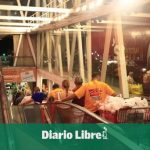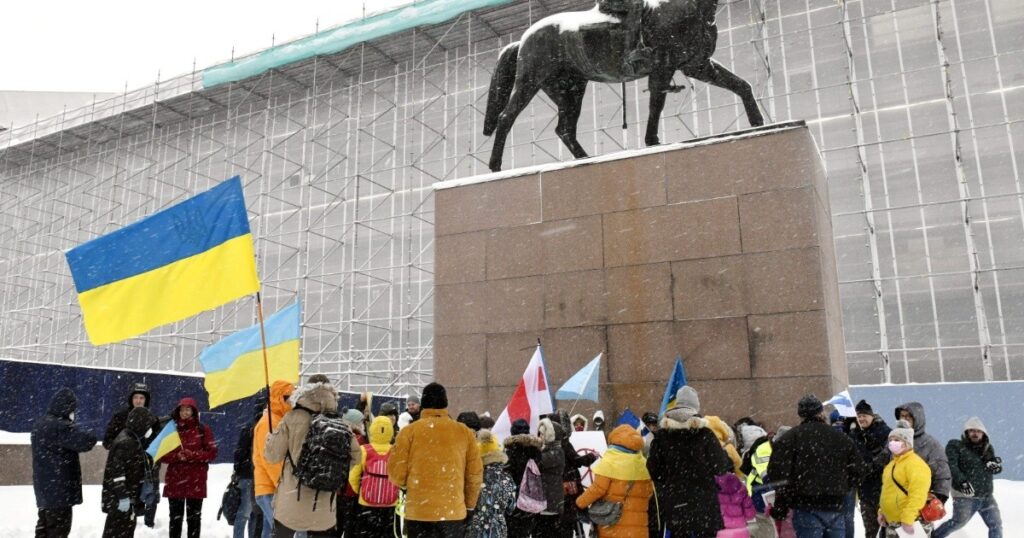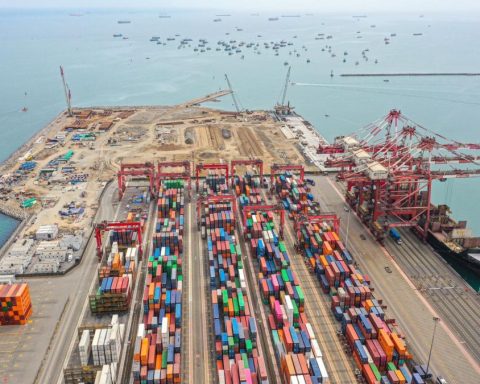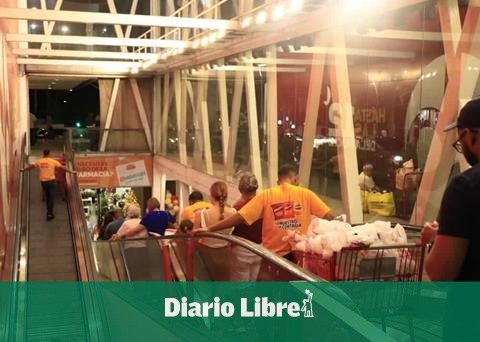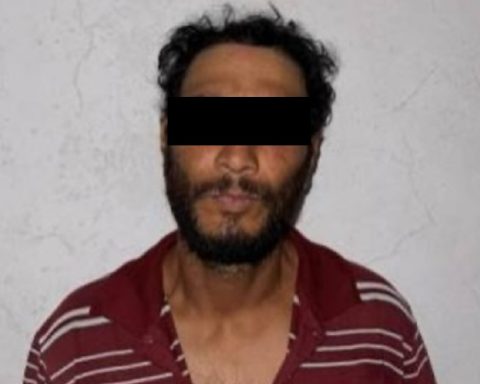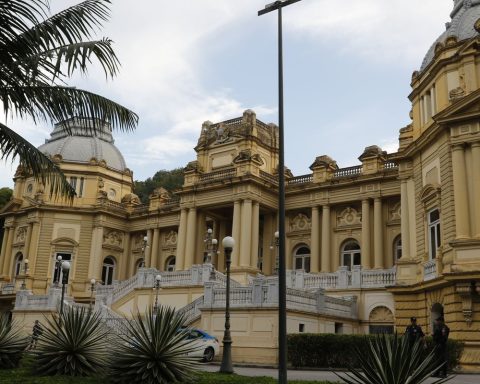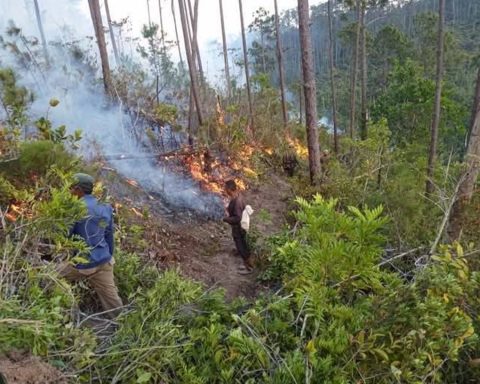Former guerrilla fighter Hugo Torres Jímenez, a retired brigadier general and political prisoner on the orders of Daniel Ortega and Rosario Murillo since June 2021, died at the age of 73, after more than two months in which the dictatorship kept his physical whereabouts hidden. and health condition.
In 1974, the former guerrilla risked his life in an operation to free a group of political prisoners from the Somocista dictatorship, including Ortega, who ordered him imprisoned during the fiercest day of the political hunt against the Nicaraguan opposition, which added four new prisoners. of conscience on the day of June 13, 2021.
Journalist Carlos F. Chamorro, director of CONFIDENTIALpublished on his Twitter account that sources linked to the Unión Democrática Renovadora (Unamos), of which Torres was a member, revealed that the retired general died on February 12, and recalled that Hugo’s whereabouts had been unknown since mid-December. Torres in El Chipote prison, where he was seriously ill.
Sources linked to the Renovating Democratic Union (Unamos) revealed that retired General Hugo Torres Jiménez (73 years old), a political prisoner, died today. Since mid-December, the whereabouts of Hugo Torres in El Chipote prison, where he was seriously ill, have been unknown.
– Carlos F Chamorro (@cefeche) February 12, 2022
On June 13, 2021, during a political hunt by the Ortega and Murillo regime against the members of Unamos, the Police arrested the former Sandinista guerrilla, at approximately two in the afternoon, after raiding his home in Managua.
“I am 73 years old. I never thought that at this stage of my life I would be fighting in a civic and peaceful way against a new dictatorship,” Torres said in a video recorded before his arrest. “These are desperate blows by a regime that feels moribund, that has no legal basis, that has no justification to remain in power,” he added.
?? #URGENT | These were the words of Hugo Torres before being kidnapped by the regime on June 13, 2021. https://t.co/tgSLt1cpUF
— Confidential Nicaragua (@confidencial_ni) February 12, 2022
The Police statement alleged that Torres was detained to be investigated for “acts that undermine independence, sovereignty and self-determination”, based on Law 1055 or “Sovereignty Law”, approved by the regime in December 2020.
⚠️#URGENT⚠️ It’s official, the Police have arrested the guerrilla commander and dissident of the Sandinista Front Hugo Torres. Here all the information ➡️ https://t.co/eFLTIg8i3J pic.twitter.com/mo18Wy1xGk
— Confidential Nicaragua (@confidencial_ni) June 13, 2021
Hugo Torres, missing since December 2021
At the beginning of January, in an article published in CONFIDENCIAL, the also FSLN dissident (after denouncing the pact between Daniel Ortega and Arnoldo Alemán in the late 1990s) and guerrilla commander, Mónica Baltodano, revealed that “it is public that on the 17th of December 2021, Hugo Torres was taken from the cell he shared with other prisoners at El Chipote; that during the last few weeks he had gotten sick quickly and that his companions had to help him several times, because, due to the degree of swelling in his legs, he could barely move on his own. He was treated by prison doctors, but they were unable to alleviate his situation.”
Baltodano added that Torres “suffered a long faint” on December 17 and “was taken from his cell to an unknown destination.”
Precisely, this Friday, February 11, the president of the Nicaraguan Center for Human Rights (Cenidh), Vilma Núñez, questioned during the #ConfidentialRadio program about the whereabouts and state of health of former guerrilla Hugo Torres.
?? #URGENT | The president of the Cenidh, Vilma Núñez, questioned yesterday during the program #ConfidentialRadio on the whereabouts and state of health of former guerrilla Hugo Torres. A day later his death is reported. All the details ➡ https://t.co/rPxbavnVCM pic.twitter.com/1VJIxLsojO
— Confidential Nicaragua (@confidencial_ni) February 12, 2022
Participated in two historic FSLN operations
Torres was born in 1948, in El Espino, Madriz, although “at the age of five his family moved to León, a city where he lived and studied, for which he has always considered himself a Leonese,” Baltodano wrote about him, who in recent years , has devoted himself to the task of documenting the memories of the Sandinista struggle.
“In 1971 he joined the FSLN and in July 1974, without completing his law studies, he went into hiding. He immediately received a military political training school at the “El Panama” farm, owned by Sandinista collaborator Yico Sánchez, in Jinotepe, Carazo,” Baltodano wrote.
He continued: “When he was chosen to join the “Juan José Quezada” Command, he spent months in detention and training until they executed the operation December Victorious, in which they kidnapped Somocista government officials who were attending a party at Chema Castillo’s house. The command demanded the release of political prisoners at the time. They achieved their goals in less than 48 hours. Later, they flew to Havana with the rescued political militants, including Daniel Ortega, their executioner and current illegitimate president of Nicaragua.”
At the end of 1976, added Baltodano, Torres participated in several defensive combats, and in mid-1978 he was selected to join the “Rigoberto López Pérez” Command, which carried out the Operation Death to Somocism or assault on the National Palace, “another spectacular action that allowed the release of more than sixty political prisoners,” Baltodano described. Torres was the second head of the operation, in which Dora María Téllez also participated, also today a political prisoner sentenced by the regime.
“Hugo is the only one who took part in the two most grandiose commando operations carried out by the FSLN,” Baltodano pointed out, adding that when the revolution triumphed he was distinguished with the honorary rank of guerrilla commander and named deputy minister of the interior.
Torres “was a member of the Sandinista Assembly until 1990 and was responsible for the political training of soldiers and officers as head of the Political Directorate of the EPS. In the National Army he obtained the rank of brigadier general, with which he retired in the mid-1990s”, recalled the guerrilla commander and historian.
“Since his reincorporation into civilian life, Hugo expressed his criticism of the party leadership, then dominated by Daniel Ortega and quickly heading for a pact with the right-wing Arnoldo Alemán. We remember Hugo – Baltodano wrote – in the days when he associated himself with groups critical of the nascent Ortega regime, expressing his concern about the drift of authoritarianism and the risks that it meant for democracy in Nicaragua”.








